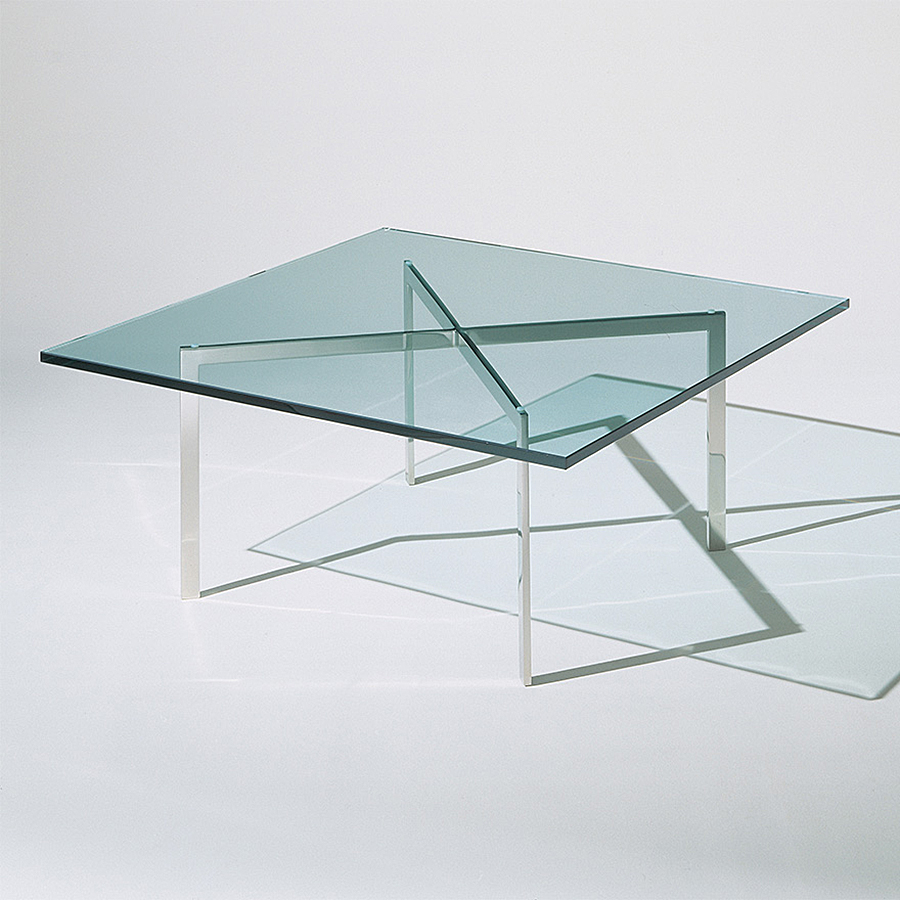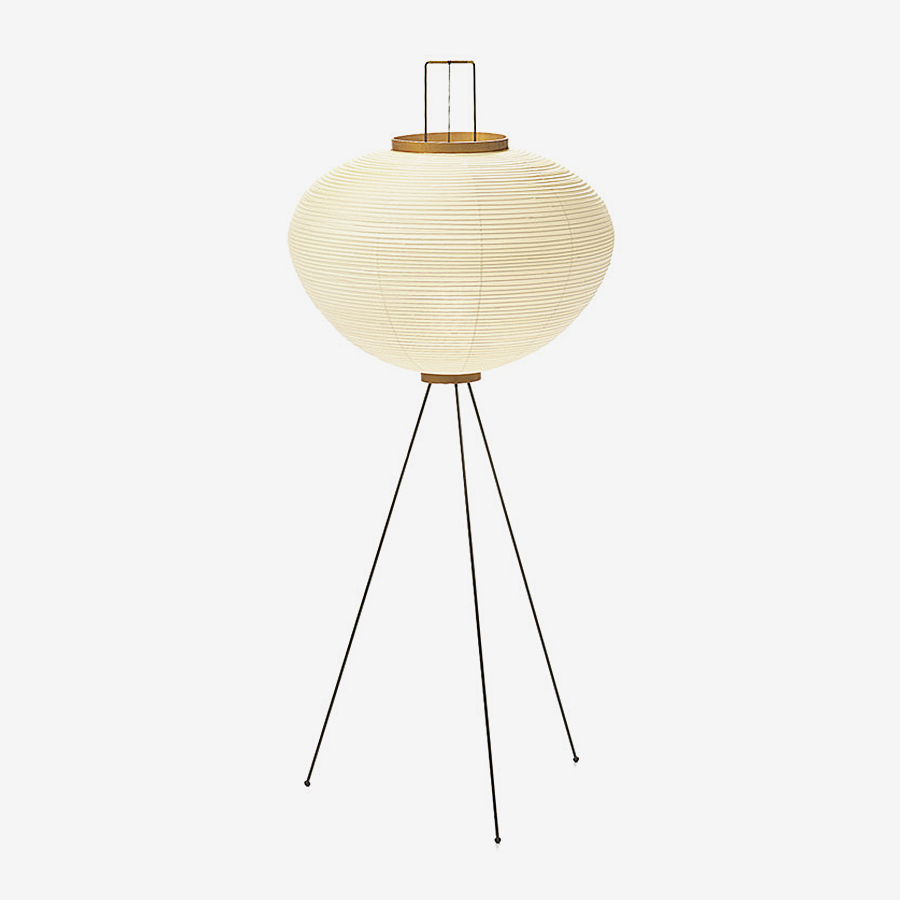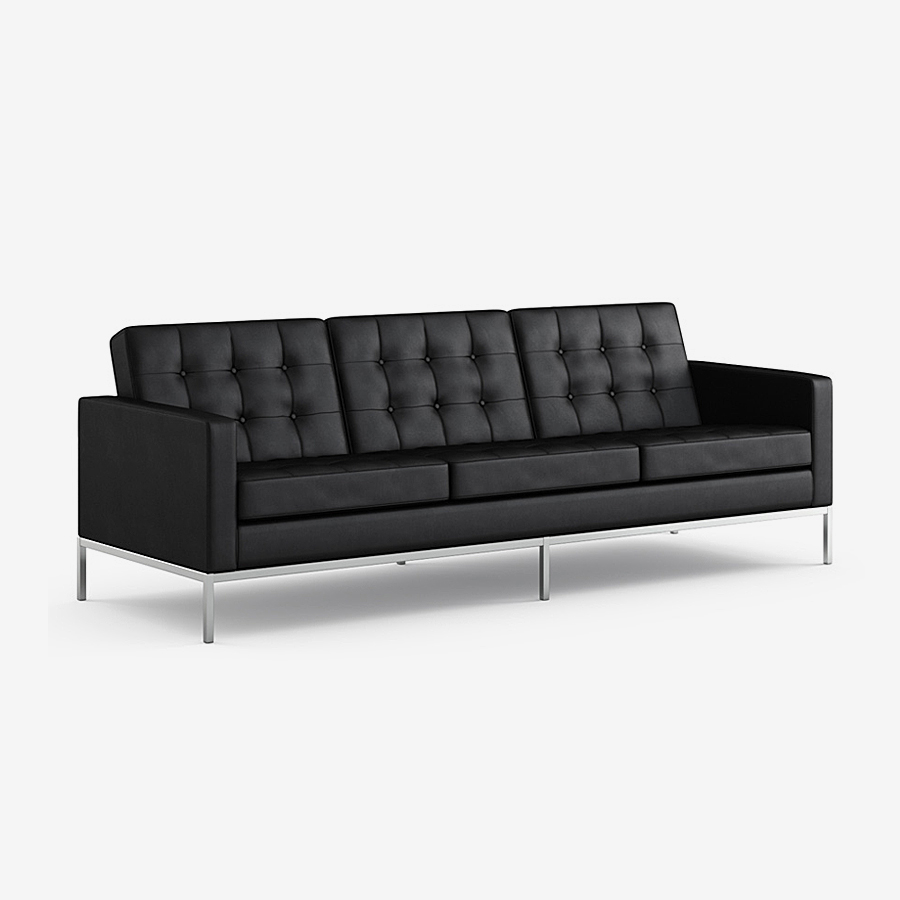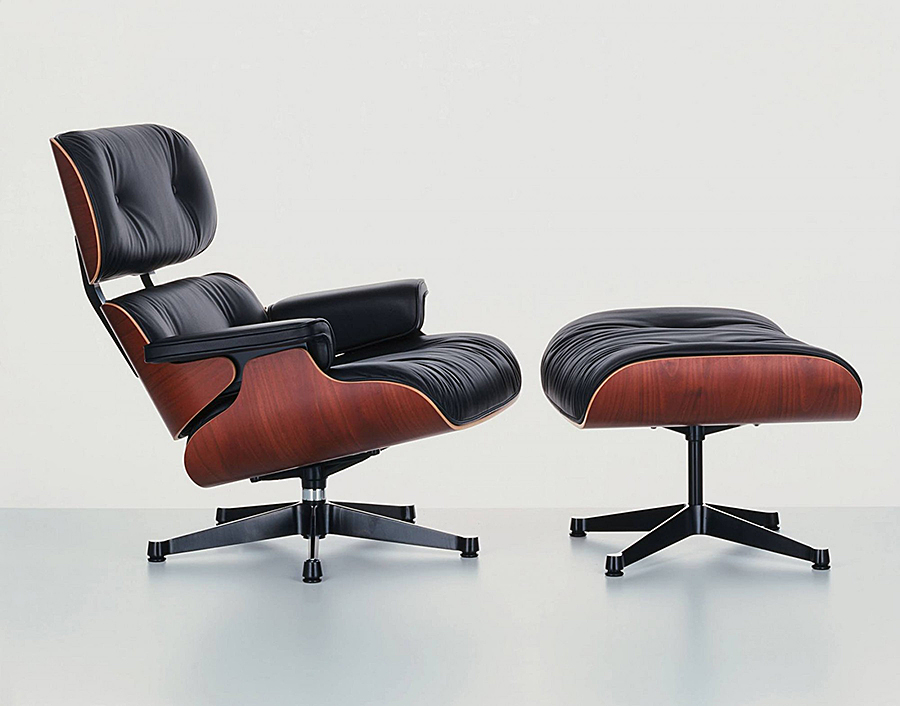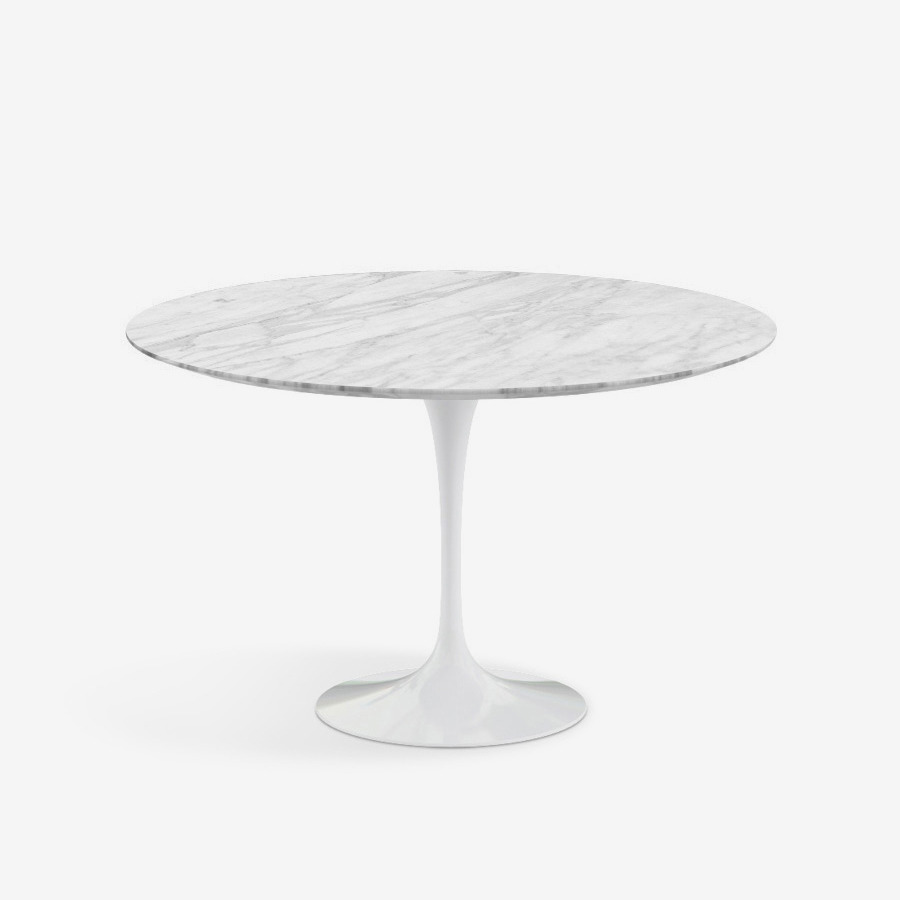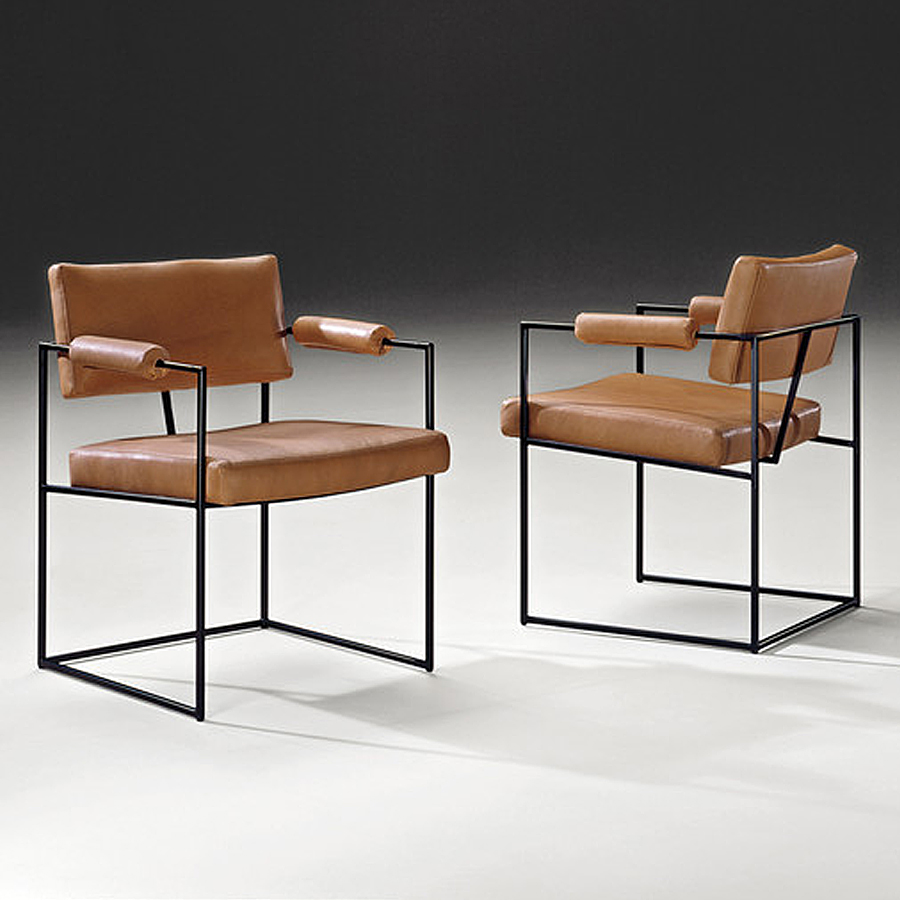Modernism is not a style
October 4, 2016
I am very astonished that in 2016 a major newspaper like The New York Times still approaches design in such a superficial way (
“Why Won’t Midcentury Design Die?”), simply questioning the issue in terms of decorating styles, looks, and trends.
This article mostly collects a series of superficial statements that are purely based on appearance and personal taste, completely lacking any critical depth: “Midcentury it’s a design trend… It’s the decorating style that won’t die… It looks good in lofts… It’s the new cool thing… It’s easy and a real cop-out… Eyes does get bored… I don’t want to see that Mad Men look… Looks really cool… I am tired of skinny legs… Annoying… It shows a lack of imagination… I am sick of it,” and so on. Is it so difficult to go beyond the look and not to still think in terms of trends and styles?
Modern design is not for sure a design trend nor a decorating style. Trends are ephemeral by nature and styles simply concern the look and not the practical purpose of things. This has been clearly explained many times by many important designers and, if not enough, today we enjoy the test of time that shows us the long-lasting efficiency of modern design.
Design has nothing to do with styling. Design is more than aesthetics. The appearance of the products of design is the logical consequence of a process aiming at solving all the problems related to the manufacturing, sale, and use of a product, then considering technical, psychological, economical, and functional issues. The aesthetics is the result not the origin of the products of design.
“Why has midcentury remained so popular for so long?”
Mostly for three basic reasons: functionality, aesthetics, and marketing.
Functionality because modern design fulfills its practical purpose making things useful both when they are first produced as well as in the future.
Aesthetics because modern design doesn’t favor appearance to substance, then the final look of the products is simply true to themselves, to what they are, to their practical nature and their rational production.
Finally, marketing because the fact that these products are both useful and beautiful—since their aesthetics is indivisibly integrated in their functional technology with nothing more to what is really needed—made them commercially successful and let them becoming historical icons; consequently, the manufacturing companies still promotes these pieces as strong as they can.
“What pieces are so cliché they should be forever banished?”
How is it possible to think such a question? Why something should be banished simply because of its success and then its regular presence? Who cares cliché! In fact, the only ones who care about it are those interested only in the appearance of things. We should rather consider the substance sometime.
 The cover features a still-frame from “North by Northwest” (1959) by Alfred Hitchcock, featuring a spectacular view on the United Nations headquarters in New York City designed by Oscar Niemeyer in 1948 and completed in 1952. The framing is a masterpiece in the history of cinema and perfectly expresses the aesthetic ambition of midcentury modernism.
The cover features a still-frame from “North by Northwest” (1959) by Alfred Hitchcock, featuring a spectacular view on the United Nations headquarters in New York City designed by Oscar Niemeyer in 1948 and completed in 1952. The framing is a masterpiece in the history of cinema and perfectly expresses the aesthetic ambition of midcentury modernism.
© 2016 Nicola-Matteo Munari. All rights reserved.
TO THE TOP ↑
Visual References
Product by designers mentioned in the original NY Times article.
BarcelonaCoffee Table, 1929
Designed by
Mies van der Rohe for the German Pavilion at the Barcelona Expo 1929. A masterpiece of rational elegance. Manufactured by Knoll.
Akari 10A
Floor Lamp, 1951
Designed by Isamu Noguchi. It belongs to the Akari series. Akari is the Japanese term for brightness and lightness, both of which are reflected in this shoji-paper lamp.
Bertoia
Bench, 1952
Designed by Harry Bertoia. Manufactured by Knoll International. It embodies the simplicity inherent to practical functionality.
Florence KnollSofa, 1954
Designed by Florence Knoll. “With a spare, geometric profile—an expression of the rational design approach Florence Knoll learned from her mentor,
Mies van der Rohe.” Manufactured by Knoll.
Coffee Table
Coffee Table, 1955
Designed by Ico Parisi. Manufactured by Cassina. Simply elegant and extremely practical.
Mod. 5275
Bench, 1955
Designed by Børge Mogensen. Manufactured by Fredericia Stolefabrik. A typical example of Danish modern design that binds together local materials with rational design.
PK22
Lounge Chair, 1955
Designed by Poul Kjaerholm. Manufactured by E.K. Christensen, and since 1980 by Fritz Hansen. On the right, the chair featured in “A New Leaf” (1971) with Walter Matthau and Elaine May.
Eames Lounge and Ottoman
Armchair and Ottoman, 1956
Designed by Charles & Ray Eames. Inspired to the English club chair, the development of this famous furniture icon took years with the aim to satisfy both the aesthetic proportions and, above all, the comfort. Manufactured by Herman Miller and Vitra.
Pretzel
Armchair, 1957
Designed by George Nelson. Inspired by classical Thonet bentwood chairs, used as office seating in the Nelson firm, the chair had no holes in the seating surface and no hardwood ends. A piece of sculpture and aesthetic virtuosity. Manufactured by Herman Miller.
Saarinen Table
Small Table, 1957
Designed by Eero Saarinen. “With the Pedestal Collection, Eero Saarinen resolved the ‘ugly, confusing, unrestful world’ underneath tables and chairs. Manufactured by Knoll.
BabelaArmchair, 1958
Designed by
Achille and
Pier Giacomo Castiglioni to furnishing Milan’s Chamber of Commerce. It is a light-weight stackable chair that can be arranged to create long straight rows, armrest again armrest, making the most of the available space. Manufactured by Tacchini.
Oxford
Executive Chair, 1963
Designed by Arne Jacobsen for the professors at St. Catherine’s College in Oxford. It shows the elegance of something that has been reduced to the essential. Manufactured by Fritz Hansen.
Mod. 1188
Dining Chair, 1968
Designed by Milo Baughman, who elected it as its favorite chair. Featuring a rigorous geometric shape, the chair is manufactured since 1968 from Thayler Coggin, business partner and close fried to Baughmann.
Comments
If you wish to add a comment please feel free to write at
info@designculture.it
TO THE TOP ↑
Links & Docs
The New York Times Why Won’t Midcentury Modern Design Die?
TO THE TOP ↑
Follow on Facebook
Partnerships

Archivio Grafica Italiana is the first digital resource to the Italian graphic design heritage. Founded by Nicola Munari in 2015.

Design consultancy based in Piacenza, Italy. Founded by Nicola Munari in 2015, it operates in the whole field of design.
TO THE TOP ↑
© 2013-16 Nicola-Matteo Munari. All rights reserved.

